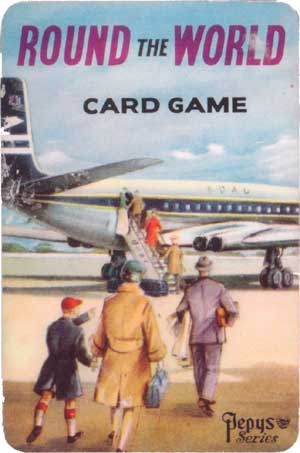Round the World
Round the World card game published by Pepys, 1961.
Round the World card game was published by Pepys (Castell Brothers) in 1961 & late 1960s. It is an UNO-style game played like Speed, with the Comet cards acting like the Lightning cards. It is also very educational with inspiring representations of different locations around the world, grouped into five continents. The aim is to get rid of all your cards by matching either the continent or the number on the card with the top card on the discard pile... unless you have a Comet card.
Captain Cook would certainly have approved!
Right: the title card from the 1st edition
(Click to zoom)►
1st Edition


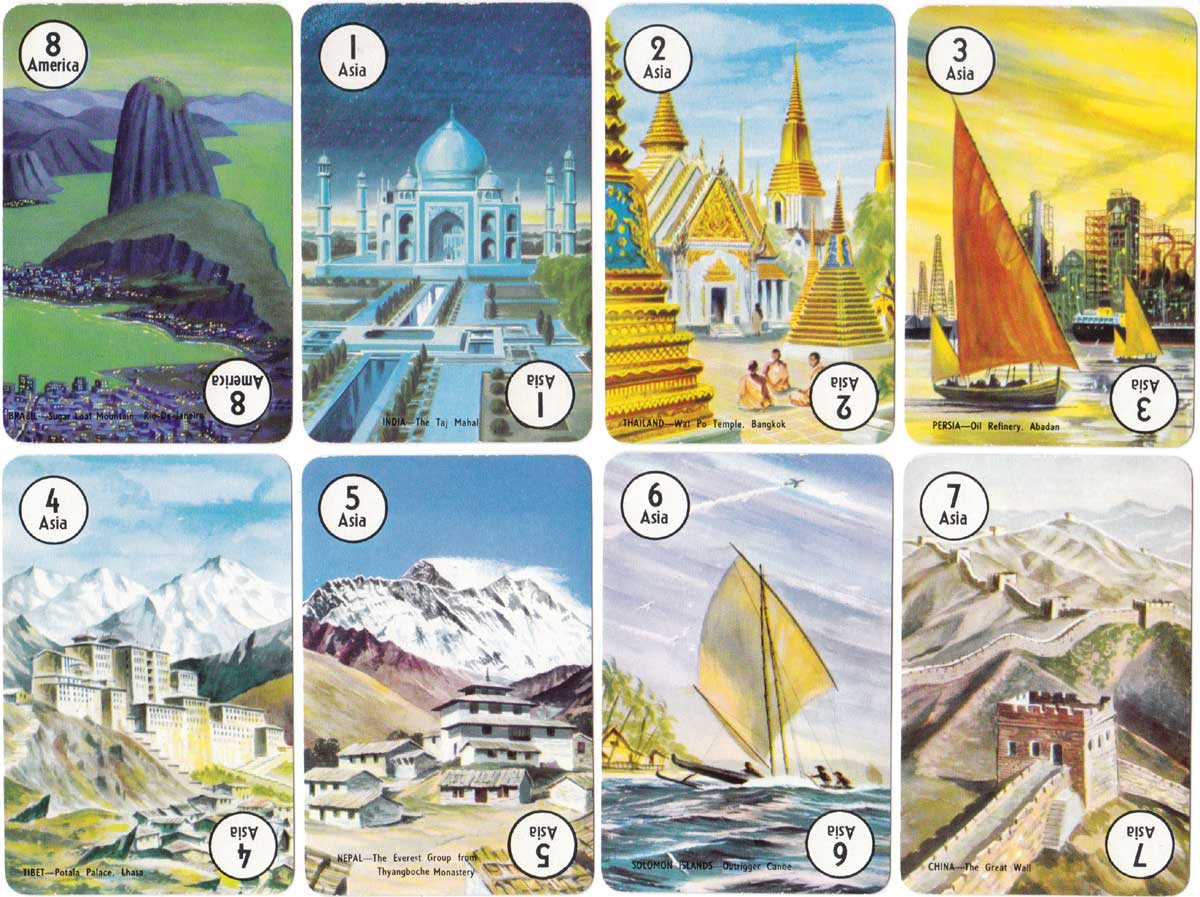
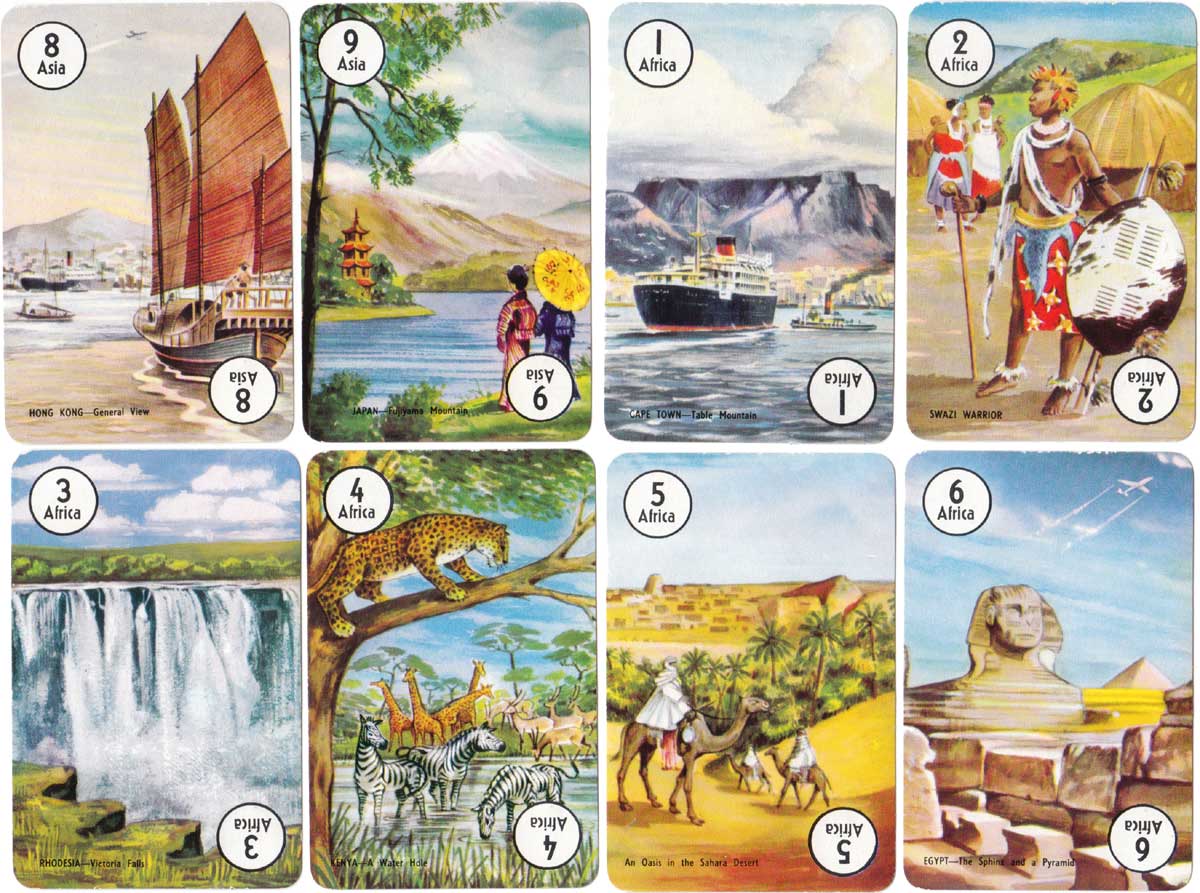
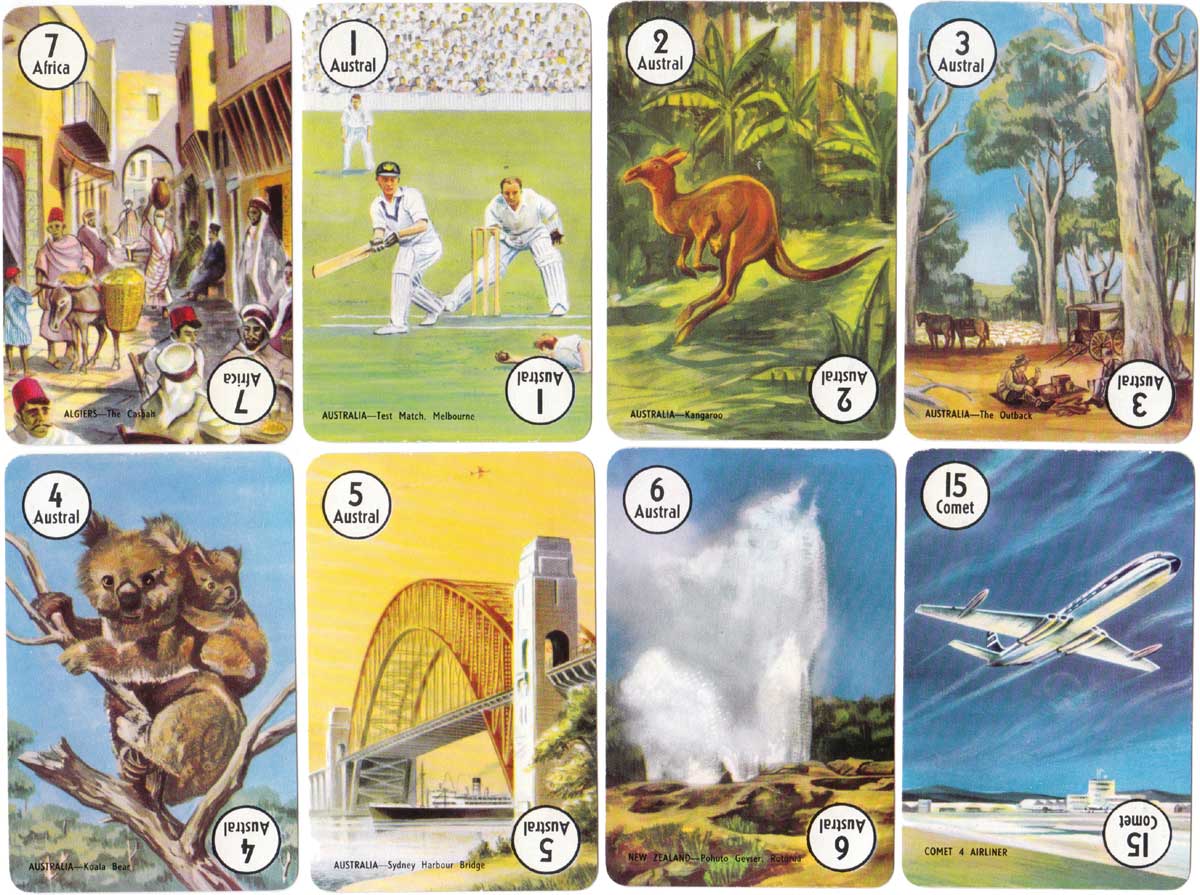
Above: first edition of Round the World card game published by Pepys, 1961.
2nd Edition
A second edition of Round the World was issued in the late 1960s when Concorde first flew and this aircraft was substituted for the Comet. Also, the Brazil picture changes from night to day, and the box and back colours are changed.
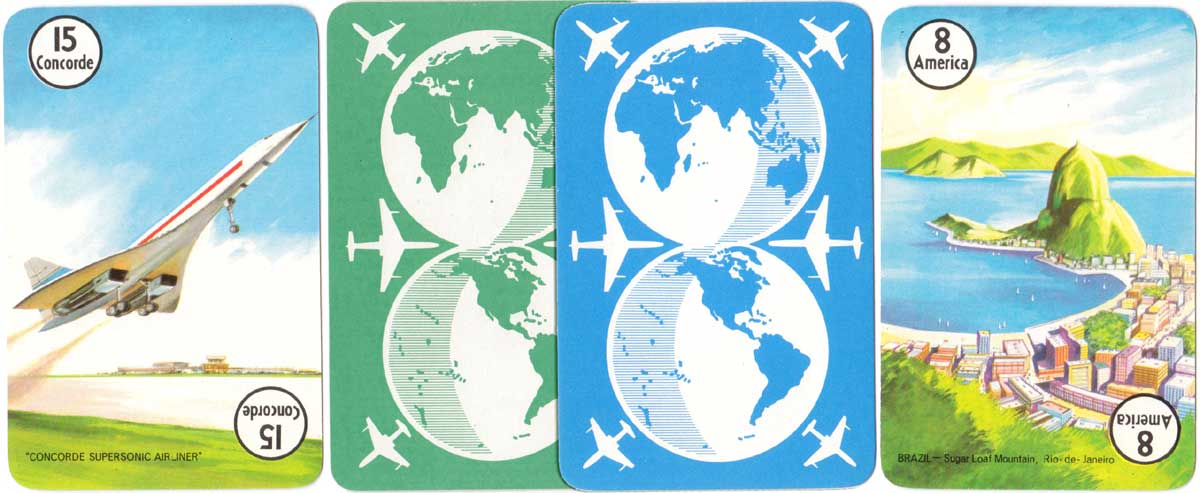
Above: Round the World 2nd edition, late 1960s.
By Rex Pitts (1940-2021)
United Kingdom • Member since January 30, 2009
Rex's main interest was in card games, because, he said, they were cheap and easy to get hold of in his early days of collecting. He is well known for his extensive knowledge of Pepys games and his book is on the bookshelves of many.
His other interest was non-standard playing cards. He also had collections of sheet music, music CDs, models of London buses, London Transport timetables and maps and other objects that intrigued him.
Rex had a chequered career at school. He was expelled twice, on one occasion for smoking! Despite this he trained as a radio engineer and worked for the BBC in the World Service.
Later he moved into sales and worked for a firm that made all kinds of packaging, a job he enjoyed until his retirement. He became an expert on boxes and would always investigate those that held his cards. He could always recognize a box made for Pepys, which were the same as those of Alf Cooke’s Universal Playing Card Company, who printed the card games. This interest changed into an ability to make and mend boxes, which he did with great dexterity. He loved this kind of handicraft work.
His dexterity of hand and eye soon led to his making card games of his own design. He spent hours and hours carefully cutting them out and colouring them by hand.

Related Articles
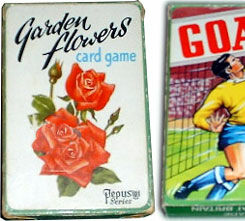
Pepys Games
The Story of Pepys Games by Rex Pitts
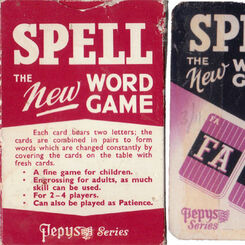
Spell
Spell word game published by Pepys Games, 1958.
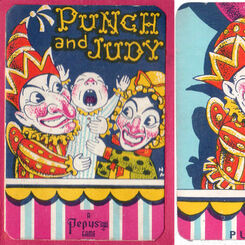
Punch & Judy
Punch and Judy card game published by Pepys, 1956.
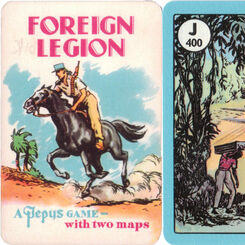
Foreign Legion
Foreign Legion published by Pepys, 1960.
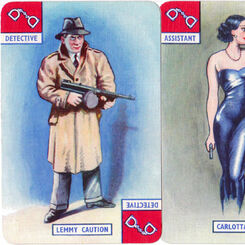
Crime Club
Crime Club card game by Peter Cheyney, issued by Pepys Games, 1939.
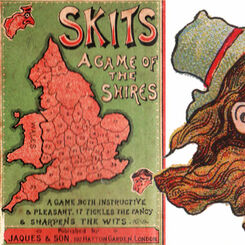
Skits
Skits, an instructive card game which sharpens the wits, c.1900.

Speed 1st edition
The first edition of Speed by Pepys Games was published in 1938.

Secret Agent
Secret Agent by Pepys Games, the card game with the magic monocle, 1957.

Scouting
Scouting, a card game about boy scouts, appeared in 1955.
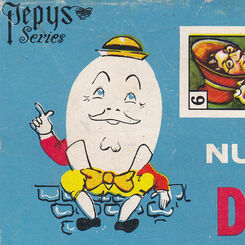
Picture Dominoes
Pepys published a total of 8 different pictorial domino games.

Find Out
Find Out mystery card game based on the Find Out books by Enid Blyton, published by Pepys, 1958.
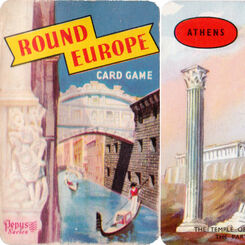
Round Europe
Round Europe card game by Pepys, 1958.
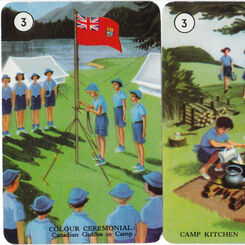
Guiding
Guiding card game published by Pepys in co-operation with the Girl Guides Association, 1958.
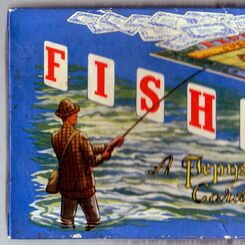
Fishing
Fishing published by Pepys Games, 1951.
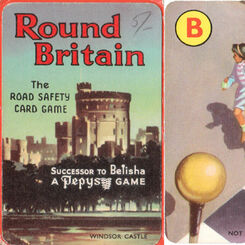
Round Britain
Round Britain card game published by Pepys Games, 1955.
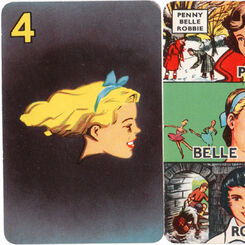
Girl
Girl card game published by Pepys Games, 1955.
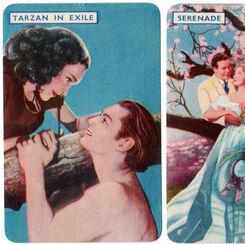
Film Fantasy
Pepys “Film Fantasy” card game based on MGM’s most popular 1939 film releases, issued just at the ti...

Panda’s Party
Panda’s Party published by Pepys Games, 1940.

Sylabex / Wordmaker
Sylabex / Wordmaker was first published by Pepys in 1948.
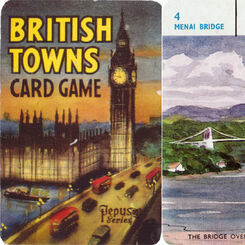
British Towns
British Towns Card Game by Pepys Games (Castell Brothers Limited).
Most Popular
Our top articles from the past 60 days


